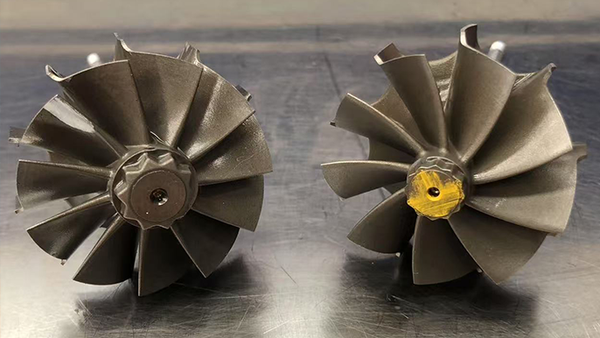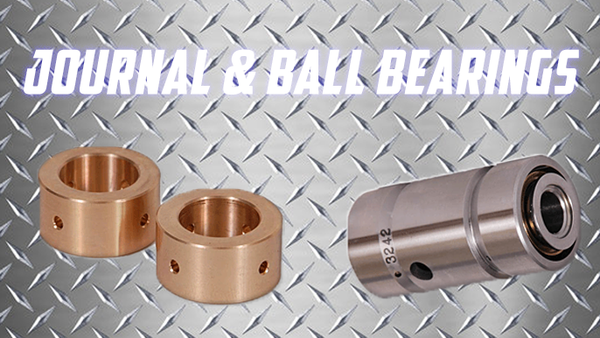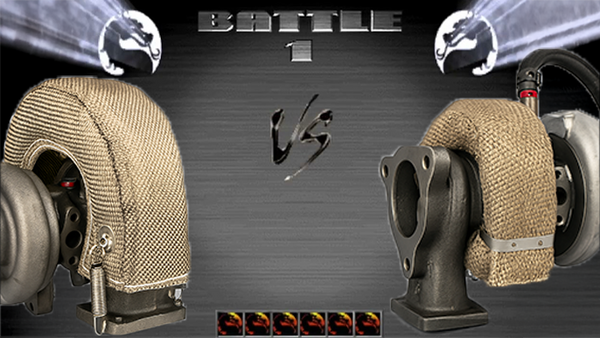How EGTs (Exhaust Gas Temperatures) Affect Turbo Longevity – Why Monitoring & Controlling High Temps Is Crucial
Introduction
Exhaust Gas Temperature (EGT) plays a crucial role in turbocharger performance and longevity. Excessively high EGTs can lead to turbo damage, reduced efficiency, and even catastrophic engine failure. Understanding how EGTs affect your turbo and how to control them is essential for anyone looking to maximize performance and reliability.
In this blog, we’ll discuss how high EGTs impact turbochargers, the symptoms of excessive temperatures, and the best ways to monitor and control them.
How High EGTs Damage Turbochargers
Turbochargers operate under extreme heat conditions, but when EGTs exceed safe limits, they can cause several issues, including:
✅ Turbine Wheel Damage – Excessive heat can cause turbine blades to weaken, warp, or even chip, leading to performance loss and eventual failure.
✅ Bearing Wear & Failure – Prolonged high temperatures degrade the turbo’s oil supply, leading to increased friction, premature bearing wear, and potential turbo seizure.
✅ Cracked or Warped Exhaust Housing – Continuous exposure to extreme heat can cause the turbo housing to crack, leading to leaks and reduced efficiency.
✅ Compressor Wheel Contamination – Excessive heat can result in oil coking, which sends carbon deposits into the intake, reducing compressor efficiency and airflow.
What Causes High EGTs?
Several factors contribute to dangerously high exhaust gas temperatures, including:
- Overfueling – Excess fuel that isn’t efficiently burned increases exhaust heat.
- Poor Airflow – A clogged air filter, restrictive intake, or inefficient intercooler can prevent sufficient cooling.
- Excessive Load & High Boost Pressure – Towing heavy loads or excessive boost levels push the turbo beyond safe operating limits.
- Exhaust Restrictions – A blocked or restrictive exhaust system, including a failing catalytic converter or DPF, can cause heat buildup.
- Improper Tuning – Aggressive tunes without proper air/fuel ratio adjustments can drastically increase EGTs.
How to Monitor & Control EGTs
1. Install an EGT Gauge
An EGT gauge provides real-time temperature readings, allowing you to monitor exhaust temps and prevent damage. The probe should ideally be installed pre-turbo (in the exhaust manifold) for the most accurate readings.
2. Upgrade Your Exhaust System
A high-flow exhaust system, including a larger downpipe and free-flowing muffler, reduces backpressure and helps dissipate heat more efficiently.
3. Optimize Your Tune
If running a performance tune, ensure it's properly adjusted to balance power and EGTs. A dyno tune by an experienced tuner is highly recommended.
4. Improve Airflow & Cooling
- Upgrade to a larger intercooler to lower intake air temps.
- Use a high-flow air filter and a less restrictive intake system.
- Ensure there are no boost leaks, which can cause improper air/fuel ratios and higher EGTs.
5. Use Water/Meth Injection
Water-methanol injection helps cool combustion temperatures, reducing the chances of excessive EGTs under heavy load.
(Recommended only for high-end performance builds)
6. Regular Maintenance
Keep up with turbo maintenance, oil changes, and filter replacements to ensure optimal airflow and cooling.
Safe EGT Ranges for Turbocharged Engines
- Diesel Engines: Keep EGTs below 500°C for sustained periods, with a short-term max of 650°C - 700°C.
- Petrol Engines: Safe EGTs typically range up to 550°C, depending on turbo setup and tuning.
Conclusion
High EGTs are one of the leading causes of turbocharger failure, but with proper monitoring and preventive measures, you can extend your turbo’s lifespan and maintain peak performance. By installing an EGT gauge, improving airflow, optimizing tuning, and maintaining your system, you can keep temperatures under control and avoid costly turbo replacements.
🔥 Got high EGT issues? Upgrade your intercooler, exhaust system, or tuning setup today! Check out our selection of performance parts to keep your turbo running cool and efficient. Or monitor your EGTs by grabbing an EGT Gauge.




